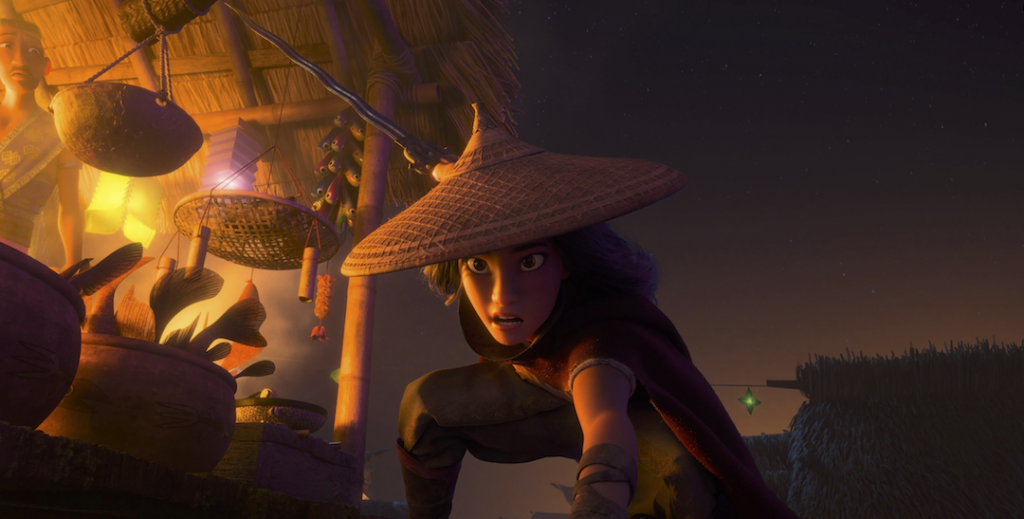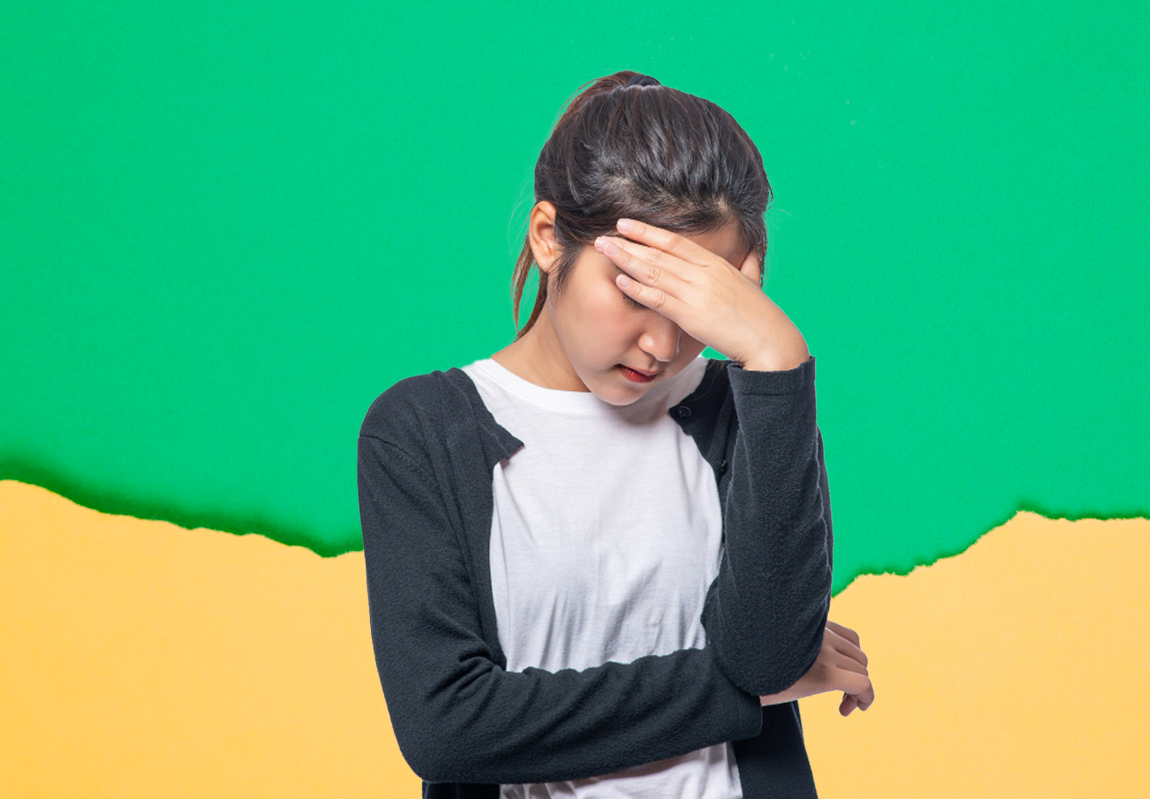I’ve watched Disney’s Raya and the Last Dragon twice in the past month, and I’ve fallen in love with it all over again on the second watch.
It’s a masterful blend of mythology and imagery from many Southeast Asian cultures roped into a thought-provoking story that — like many Disney movies — touches the heart and leaves you filled with hope. When I say it’s a must-watch for the whole family, I really mean it. (Please do watch! Kids need to see this beautiful and empowered warrior princess!)
There are so many things I love about the movie, but I think one of my most favorite things is how they built characters with flaws. Disney princesses in the olden days were portrayed as beautiful, kind souls with nary a flaw in plain sight. But in this movie, we see Raya having trust issues to the point where she can’t even eat dishes made by other people. And Sisu — the great, mighty dragon who saved Kumandra — was miles away from her known image and was instead a happy-go-lucky water dragon who’s a masterful swimmer with a trusting heart.

My next favorite thing about Raya and the Last Dragon is, of course, the representation it gave all of us as Southeast Asians. I see pieces of our own culture portrayed beautifully and with intention on screen: the lush greens and majestic rivers, the buildings and tribes, and even the food and general life scenes. And because of that, I am filled with pride.
But also, on the other side of things, I also feel a tinge of guilt because I realized how I don’t know much about Southeast Asian culture, a.k.a. my culture. I realize there are many things I don’t explicitly know and understand about our culture. And even when geographically, our neighboring countries are closer to us, I felt so distant from their cultures even when it is so similar to mine.
It made me hungry to know more about our Southeast Asian culture, and so I made a quick research on our cultural influences that made it in the movie.
- While Kumandra is a fictional world, it was influenced by several Southeast Asian countries like Thailand, Cambodia, Laos, Philippines, Myanmar, Malaysia, Vietnam, Indonesia, and Singapore.
- It did get some criticism for going on a pan-Southeast Asian approach, meaning it looked for inspiration and influence from Southeast Asia as a whole. Although our cultures do influence one another, it doesn’t mean they’re the same in each country.
- The dragons in the movie were drawn from the dragon mythology in Southeast Asia, particularly the Nāga. Nāga are divine or semi-divine beings who are half-human and half-serpent. They represent life and hope. Qui Nguyen, the movie’s co-screenwriter, didn’t want a dragon who can push Raya to fist up and fight but to inspire her to open up and trust.
And these are just the first of many readings. I’m happy that this movie has moved me to learn more about the culture I’m in and the diversity around me as well. It has definitely opened up my mind to be more inclusive and understanding of the many cultures around me. Who knows, maybe because of this, more people would also find the time to understand the differences around them, use that as an empowering tool to have everyone heard, and perhaps, this way, we’ll have our own Kumandra — a world where people can set aside their differences for unity, peace, love, and hope.






